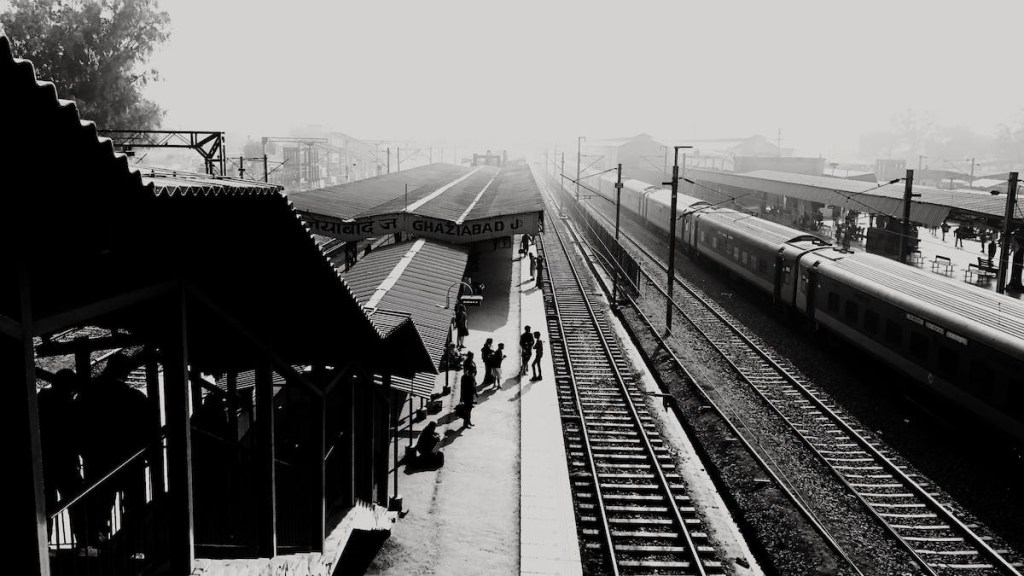Indian railways have provided Electronic Interlocking systems across 6,498 railway stations to avoid accidents due to human failure or negligence. An interlocking system is a complex arrangement of signals, points and others. It is designed to prevent signals from being changed in an improper sequence, avoiding conflicting movements of trains. Initially, it was done manually, adding to the risk of negligence and human error.
Initiatives for safe train travel
Electronic interlocking systems for railway crossings have been installed at 11,137 level railway crossings to ensure vehicle and pedestrian’ safety. Similarly, Block Proving Axle Counters (BPAC) have been installed at 6450 blocks for better Railway traffic control. BPAC ensures that the track section is empty before permitting another train in that section, eliminates human error and controls the safe movement of trains between stations. Automatic Blocking System has been implemented at 4,111 km routes.
Manufacturing of high-powered freight locomotives
A facility has been installed in Madhepura in the joint venture to manufacture 800 locomotives of 12,000 High Horse Power Electric freight, often known as Wag 12. This is also one of the most powerful freight locomotives in the world. So far, 376 locomotives have been manufactured in the facility.
Improved freight carriage
With improvised freight carriage facilities, the Railway minister presented the trends of increasing freight load and revenue for the government. According to the data, railways loaded 1509 million tonnes of freight in 2022-23, earning Rs 1,60,158 crores. This has increased from 1415 million tonnes in 2021-22 and 1230 million tonnes in 2020-21. The revenue for the preceding years was Rs. 1,39,287 crore and Rs 1,15,738 crore respectively.

